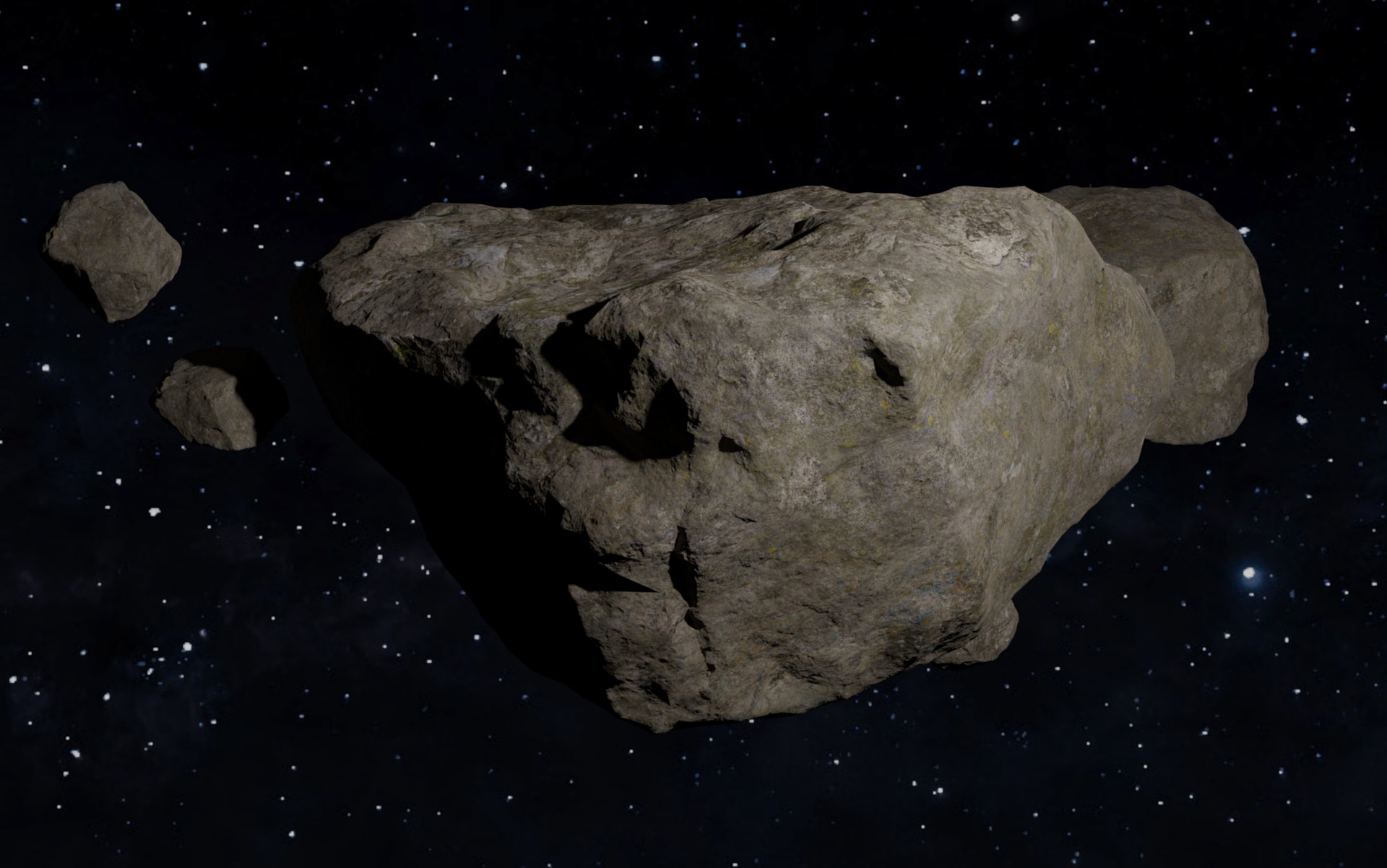NASA Successfully Challenges an Asteroid
In a move worthy of a sci-fi blockbuster, NASA's Double Asteroid Redirection Test (DART) successfully defeated a perilous asteroid hurtling towards Earth. After 10 months of flying around in space near our planet, DART finally initiated its first move against an asteroid in space.
The Johns Hopkins Applied Physics Laboratory (APL), DART's mission control center based in Laurel, Maryland, announced the successful impact between DART and the asteroid at 7:14EDT on Monday, September 26.
Unprecedented Success For NASA's Planetary Defense

DART comprises an integral part of NASA's planetary defense strategy, which has a primary mission of protecting the Earth from large, dangerous asteroids that could impact the planet.
"As NASA studies the cosmos and our home planet, we're also working to protect that home, and this international collaboration turned science fiction into science fact, demonstrating one way to protect Earth," said NASA Administrator Bill Nelson.
The asteroid in question was dubbed Dimorphos and measured 530 feet in diameter. Dimorphos is actually a moonlet orbiting a larger asteroid named Didymos. Neither asteroid posed a direct threat to Earth, but both were close enough to our planet to act as targets for viable testing of DART's capabilities. The DART mission confirmed that NASA could remotely collide a spacecraft with an asteroid using kinetic impact technology to deflect it.
Investigating the Success of DART
NASA's observation team is now investigating Dimorphos to confirm its altered orbital pattern. It's estimated that the impact shortened the orbit by 10 minutes, about 1% of its cycle. Precise measurement of the asteroid's deflection from its initial orbit was one of the prime purposes of the test.
The one-way mission to Dimorphos was observed by the spacecraft's Didymos Reconnaissance and Asteroid Camera for Optical navigation (DRACO), controlled with a remotely-guided navigation and control system. It uses NASA's Small-body Maneuvering Autonomous Real-Time Navigation (SMART Nav) algorithms to identify the target asteroid, differentiate it from its orbited body, and precisely target it.
DART's one-way collision spacecraft traveled approximately 56,000 miles into space to reach Dimorphos and crashed into the asteroid at 14,000 mph, slightly reducing the orbital speed. And as a bonus, one-of-a-kind close-up photographs of the surface of Dimorphos, taken with close detail, were relayed back to Johns Hopkins mission control.
Dimorphos is Part of a Larger Asteroid System
The asteroid pair of Dimorphos and Diymos is about 7 million miles away from Earth, viewed through a worldwide network of telescopes monitoring their progress. This observation network determined that the pair is not alone but rather part of a larger asteroid system. Over the coming weeks, the pair and their greater system will be observed to determine if the changed orbit is permanent and to determine whether there is any other change in the asteroid's behavior after the DART impact.
"Beyond the truly exciting success of the technology demonstration, capabilities based on DART could one day be used to change the course of an asteroid to protect our planet and preserve life on Earth as we know it," said APL Director Ralph Semmel. Planetary defense unifies the globe and fosters a sense of cooperation among each county's space programs. Currently, NASA's Planetary Defense Coordination Office is managed by Johns Hopkins APL, also serving as mission control for all DART-related projects. The European Space Agency's Hera Project plans to conduct a follow-up observation of the asteroid pair in four years to determine the long-term success of DART's mission.
/newsletter
Get the latest from The Futurist every afternoon in your inbox
/recent
Check out some of the newest posts from The Futurist

.jpg)



